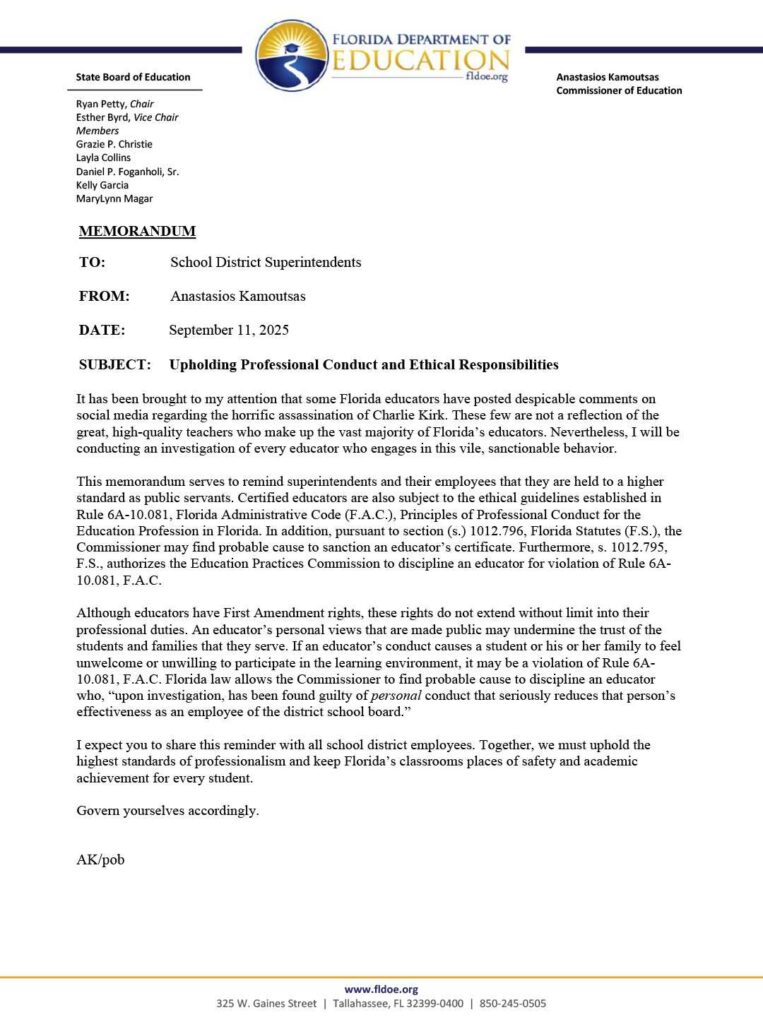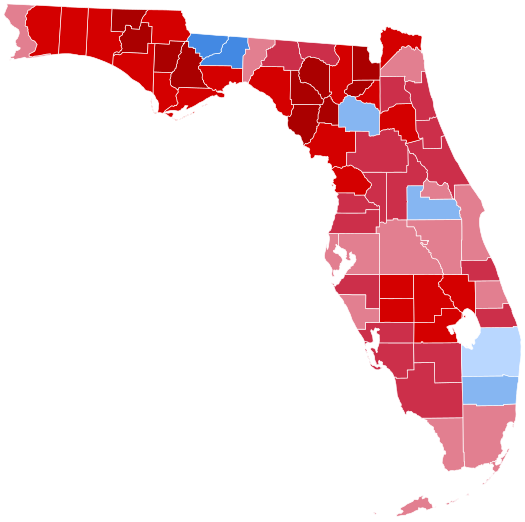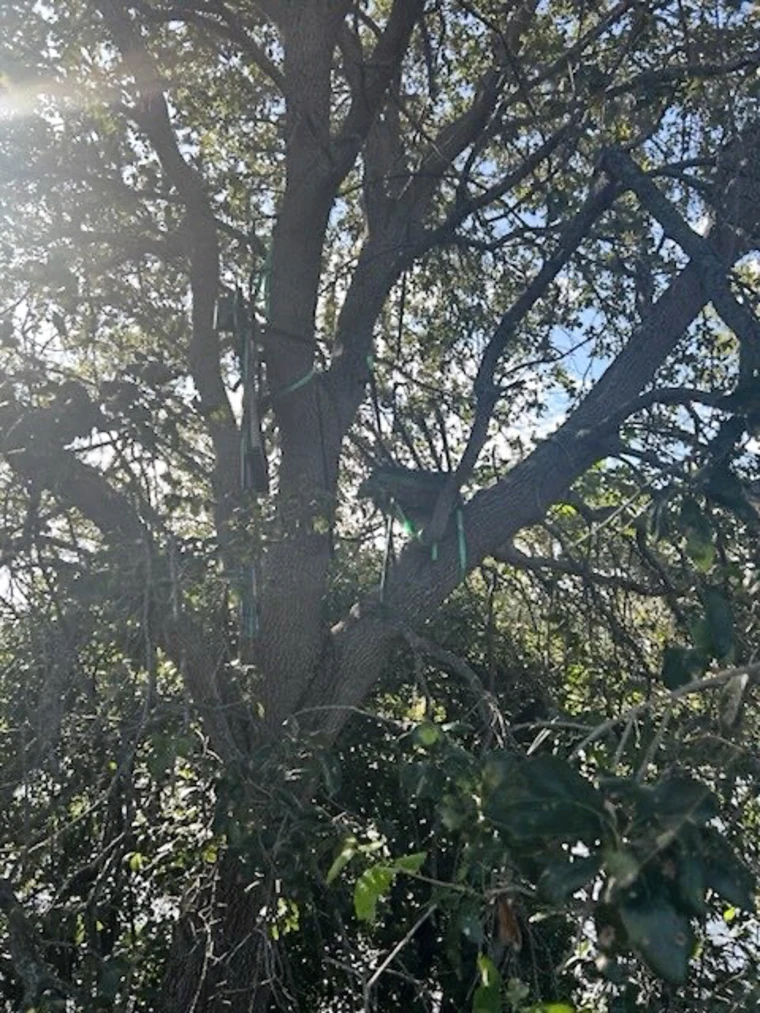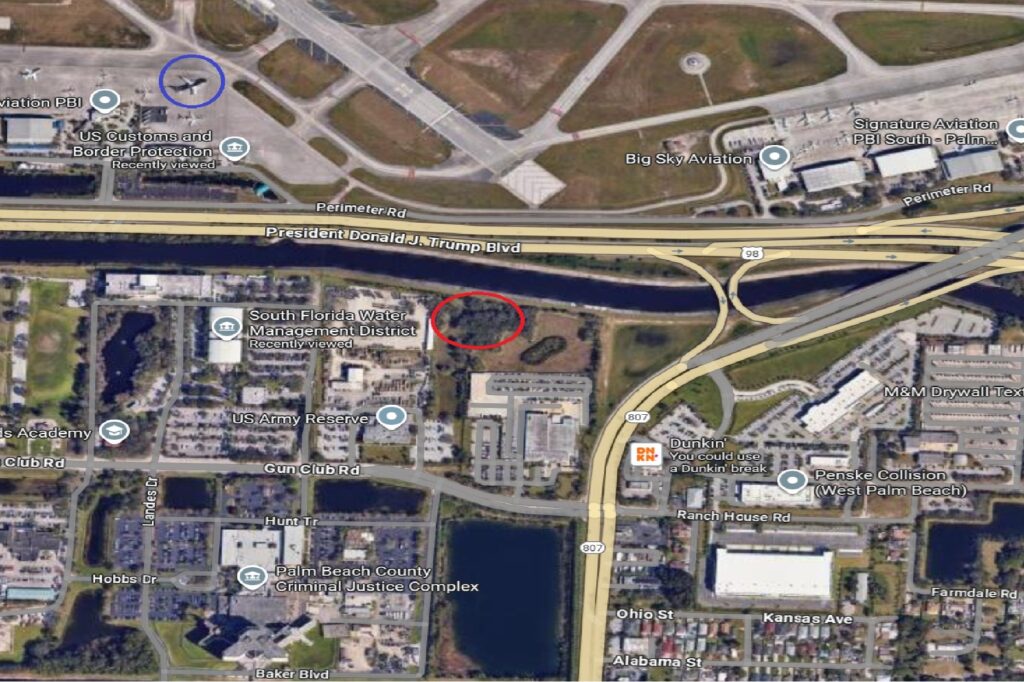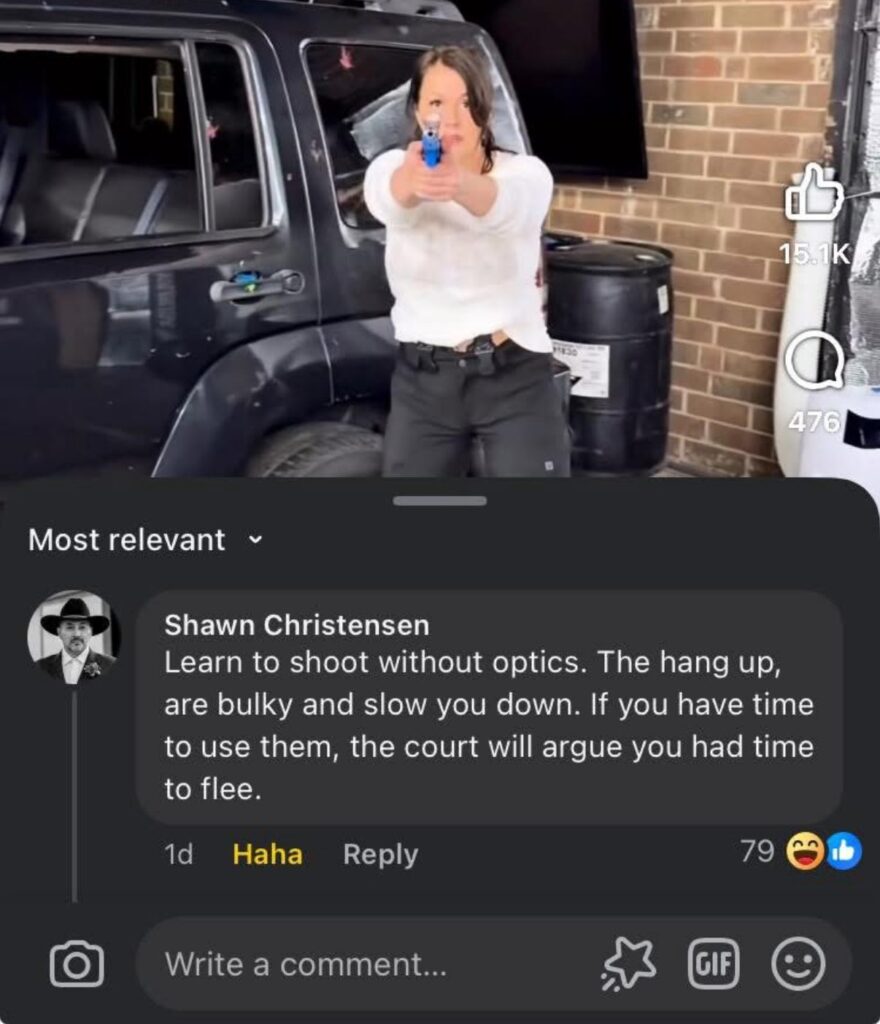Ron DeSantis is taking heat for a statement that he made. He said that people under age 50 largely don’t need health insurance. He is correct. People under age 50 are healthier than those over 50, and their premiums largely pay the freight for those who are older and sicker.
Our nation’s healthcare system gets crapped on a lot. Even though the United States has only 9% of the world’s doctors and 3% of the world’s hospitals, half of the innovation in healthcare of the entire world is being created right here in the United States. We are punching far above our weight class:
- New drug development: The US was responsible for the development of 43.7% of new molecular entities (NMEs) and has seen a surge in new drug approvals.
- Biotechnology patents: U.S. firms filed nearly 38% of global biotechnology patents from 2015–2020.
- Research funding: The US accounts for a significant share of global medical and health R&D, at around 44% of the world’s medical research funds.
- Clinical research: The US leads the world in the number of active clinical trials, supported by its advanced infrastructure and large population.
There are plenty of people who would slam the US medical field because of costs, then drag out statistics claiming that the US lags the world. In many cases, those statistics are misleading. For example, the US says that a child is stillborn if it dies before birth, but some other countries will count a child as stillborn if the child dies up to 30 days after it is born. This is important, because this means a 29 day old infant who dies does not count towards infant mortality. For that reason, use health statistics with a healthy grain of skepticism.
This means that the chief reason for claiming the US healthcare is trash is that it can be expensive. After all, we always hear about how Canada has better healthcare because it is free. Of course, you have to wait weeks to get something as simple as a CT scan or an MRI, while here in the US you can get a CT scan in less than 10 minutes, and an MRI can be done in a matter of hours.
So why do things here cost so much? Let’s use my recent trip to the emergency department as an example. My itemized bill showed that I received 5 bags of normal saline over a 12 hour period. The charge for this was a total of about $11,000. This seems a bit high for 5 liters of salt water, mostly because it is. Take a closer look, and you see a couple of things:
The saline is charged out at $35 per liter. That’s not TOO unreasonable. Then you see that there is an additional charge of about $900 per hour for “monitoring while fluid replacement is taking place.” This is how hospitals pad the bill. They give you a couple of liters early, then run in what is called “maintenance fluids” at a rate of 50 ml per hour. They then bill you almost a grand an hour for that nurse monitoring you while you got those fluids. It’s just a way that the hospital pads the bill, because that nurse is also billed to you as part of the daily room charge. They also bill $50 a day for cardiac monitoring, plus you get billed for every doctor who even glances at your chart.
Of course, insurance companies see right through this, and they refuse to pay. The hospital knows this, and in fact they plan on it. The hospital has an agreement with the insurance companies, and they actually only collect about 35% of what they bill out, on average. The hospital’s total average costs are usually equal to about 31% of what they bill. That 4% difference is the hospital’s profit.
In my case, the entire visit to the hospital was billed out at $43,000. Out of that bill, my insurance paid $2,500, I paid about $700, and the rest was simply waived away. The full bill of $43,000 is what they bill to those poor suckers that don’t have insurance. The hospital knows that what they did for me was in no way, shape, or form worthy of $43,000. The insurance company knows it, too. In fact, everyone involved knows that no one is actually going to pay that much.
Why, then, do they do it that way? Because that is what the insurance companies want. They want medical expenses to be so high that people pay for insurance out of fear. That’s the problem with US healthcare. Not the care, not the cost, but the insurance companies scaring people into buying their products through punitive pricing models.
The answer then isn’t to have more people insured- it’s to get insurance companies out of the equation, or to at least prohibit hospitals from charging the uninsured more than 20% over what insurance companies pay. Market forces will then take care of the rest. It isn’t a problem with healthcare, it’s a problem with insurance companies. If the hospital can turn a profit on what they pay the insurance company, they can turn a profit on 20% more than what the insurance company pays. There is no legitimate need to charge the uninsured 1,400% more than the insured.

